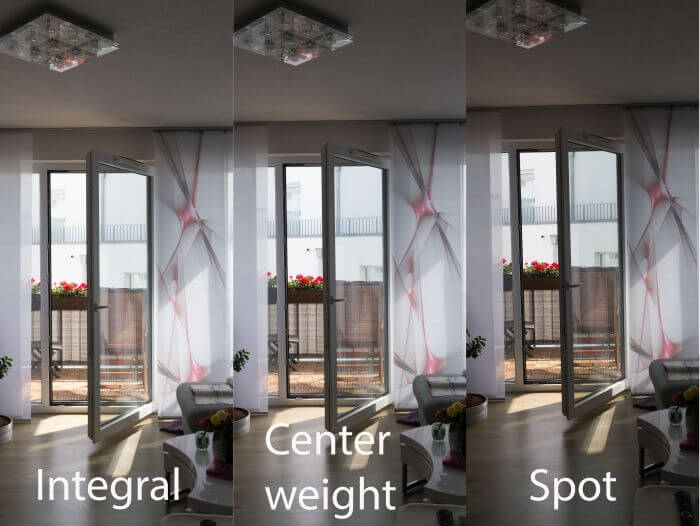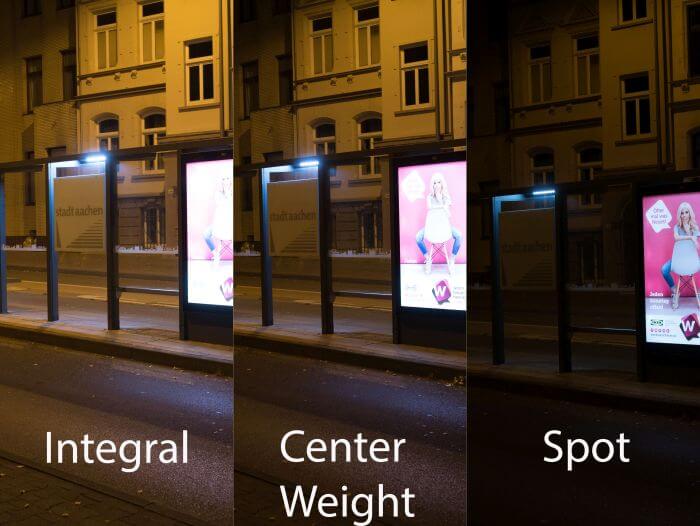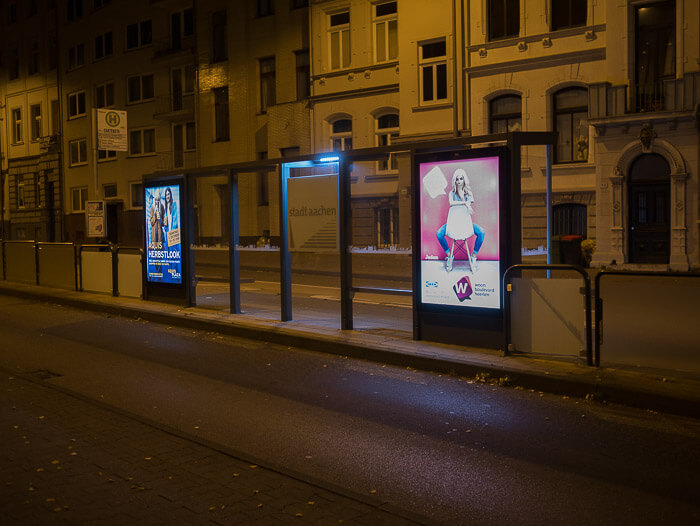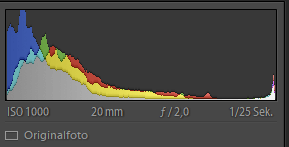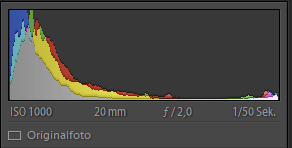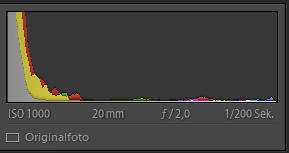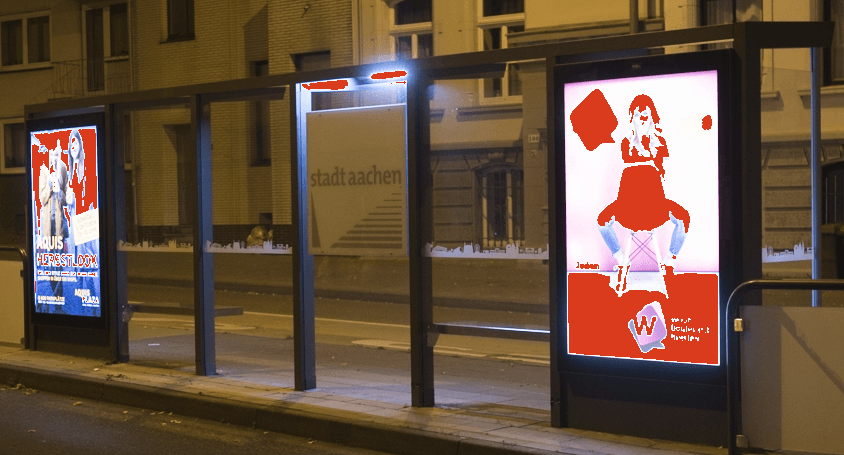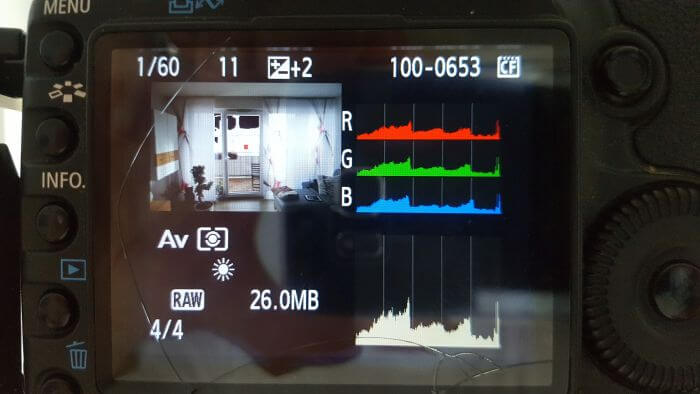The right exposure measurement
The right exposure measurement is a quite provoking title, because the question is if there is such a thing like the right exposure measurement.
Introduction
When i began with photography more than 40 years ago with a Monolta SR-T-101, (almost) all cameras were full frame and manual 😉 The exposure was measured integral (Asahi Pentax), center weight (Nikon) or spot (Leicaflex SL). Automatic exposure programs with time or aparture priority were introduced later and we didn’t even think about auto-focus systems 😉
I exposed slide films mainly with ISO 25 or sometimes with ISO 64 and depending on the light situation there were films available with ISO 100 or even ISO 400. Doing b/w photography almost the same ISO were used, even though in these times a lot of people genrally used TRI-X with ISO 400 and if you needed even more there was the Kodak 2475 Recording film with ISO 1000.
Technical exposure metering
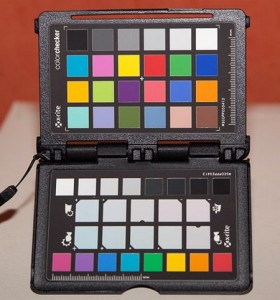 Basically exposure measurement gives correct values on a medium grey or a 18% grey to be exact. This is why sometimes you’ll better use a defined gray card for a correct exposure measurement, while i personally use mainly the sie with the color fields for a correct white-balance in complicated light situations.
Basically exposure measurement gives correct values on a medium grey or a 18% grey to be exact. This is why sometimes you’ll better use a defined gray card for a correct exposure measurement, while i personally use mainly the sie with the color fields for a correct white-balance in complicated light situations.
Now the world outside isn’t gray and this means that sometime all the mentioned exposure measuring methods mentioned above could give you incorrect values resulting in over- or underexposed images. The typical example is snow or even using spot metering method, because the spot pointed to a too dark or bright area of the scene.
But anyway expsoure measurement is easier nowadays. This is mainly due to the larger dynamic range of modern senros. A slide file had a dynamic range of 5-6 EV with a correct expousre while modern sensors have at least a range of 9 EV. On the other hand modern cameras use more than one light sensor for exposure meatering and those sensor react correct to different colors and some cameras rate an area which is in focus to be important for the whole picture and for the exposure.
Examples
If the brightness of a scene is almost evenly shared almost every measuring method will lead to a correct exposed image, not depending if you used center weight or spot metering method.
But even a scene csaptured from inside the room towards the brightly lit balcony leads to images where the differences between the measuring methods are smaller than expected:
Spot metering keeps more details in the highlights but of course darker areas indoor.
In more extreme situations like at night or very early in the morning the differences are much greater :
In this example we get the situation that the commercial ranges from over exposed to an correct exposure, at least without any image processing (just don’t look at the noise the false white balance)
But you don’t have to worry too much, even the brightest image in this series can bring back almost all details in the highlights with a little help from Lightroom.
Histogramm
For judging right exposure you should not use the camera display use the historgram, which can be blended in most of the cameras. The historgram displays the allocation of the brightness from the dark aereas on the left to bright areas on the right as a graph and seperates it for the 3 base colors additionally. If some values hit one or both of the edges there is no detail any more in the highlights and/or shadows.
I used the histograms from Lightroom for the above 3 different exposure methods. In the top histogram you’ll notice on the hiehgt of the grpah that there are not much highlights and since the graph hits the right edge there are highlights which are blown out.
Clipping-Display
Some cameras offer a clipping display where the areas that tend to or actual clip are visible as blinking borders. Some cameras even offer a display of clipping areas in the viewfinder with a zebra pattern.
This is the clipping display from lightroom, where overexposed areas are displayed in a red color. You can do it right away after the capture in the camera, but the display of these areas is made visible from the jpeg thumbnail.
The creative exposure
Besides a technical discussion arround the pretended right exposure there is a creative aspect about the exposure, just think of low or hi key captures or massice under exposure of objects in front of a bright background to display just the silhouettes. But in this field we don’t talk about right or wrong 😉
Conclusion
In all modern cameras the matrix measurement of the exposure is of a good quality so don’t have to ovverride the automatic expsoures in most cases. In extreme situations the spot expsoure metering still the choice to get the right expsosure for the main object. Matrix measurement with an aparture priority automatic function is my choice for the most of my captures.
ciao tuxoche
